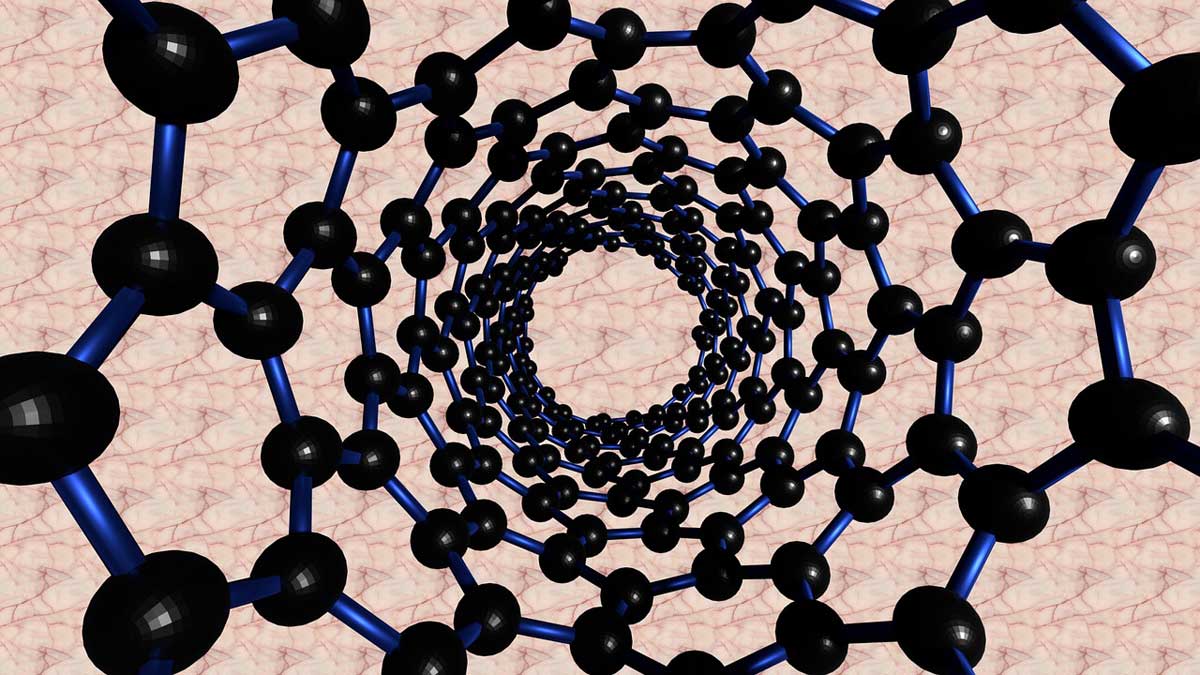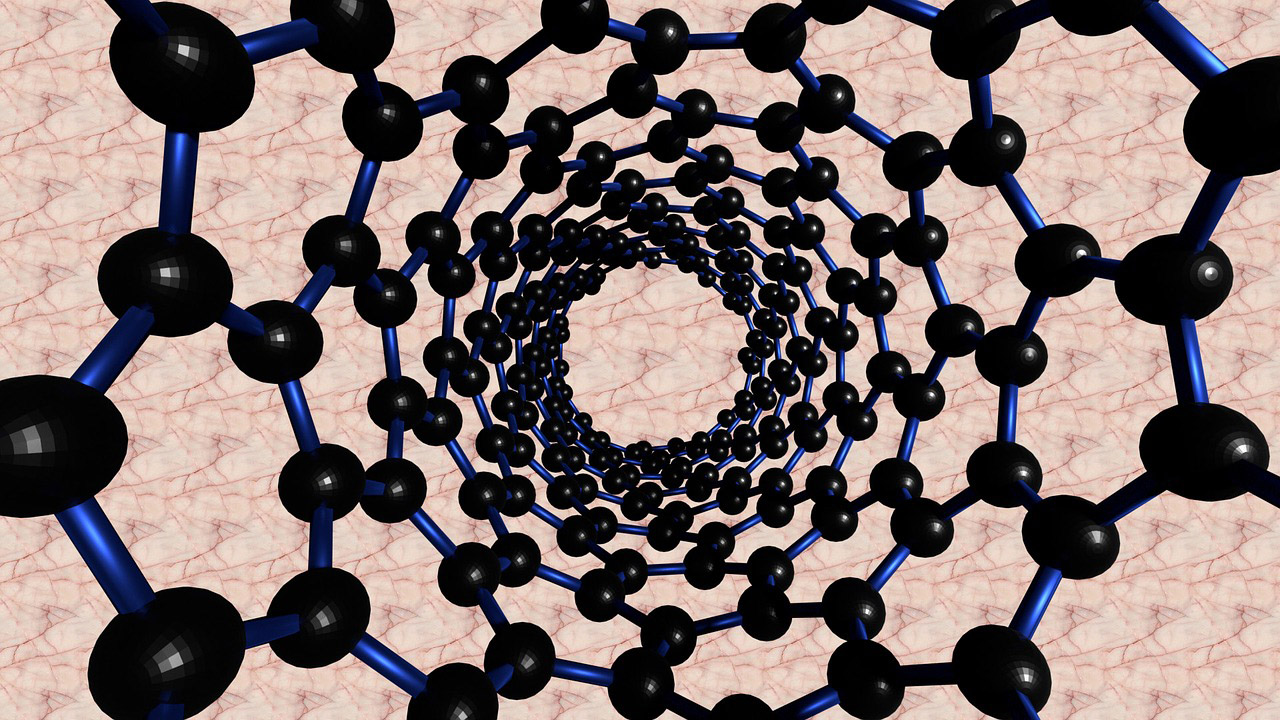Is graphene harmful to the human body?
Most carbon nanomaterials are based on graphene variations. And the reality is that graphene is great, you can roll it, wrap or stack it to form graphite if you want. This is the type of material that can be great when it comes to industrial processes and also tech in general. It’s also very good when it comes to removing pollutants and hazardous compounds from waters. However, there are also people that exhibit concerns when it comes to the use of graphene as well.
This is not a material that was studied for decades, so any long term studies are still ongoing. What we do know is the fact that there can be some graphene safety concerns at least from a cellular and tissue level. The way cells are interacting with graphene might make it harmful. If your body is exposed to carbon nanomaterials, this can either be removed via excreting or it can accumulate in the human body.
What that means is that the more carbon nanomaterials like graphene accumulate in the body, the riskier it can be for your organs to function adequately. On top of that, jagged nanoparticle edges were found in the immune cells, skin and lung cells. That shows it’s possible for graphene to be dangerous in the long term.
Is graphene oxide toxic?
Generally, graphene oxide as well as regular graphene and even the reduced graphene oxide are all showcasing toxic effects, be it in vivo or in vitro. That being said, any surface modifications can lower the toxic interactions. So if you use graphene oxide without any means of protection, you can end up with a variety of health issues. Some of these range from a decrease in cell viability to lung granulomas appearing randomly to kidney and even liver problems.
Because of that, it’s only recommended to handle graphene oxide in protected, comprehensive environments where you take the right precautions. Otherwise, graphene oxide can end up being quite problematic for your health, and it’s the type of thing that you really want to avoid as much as possible without being properly equipped. The graphene oxide can stay in the human body up to 24 hours, sometimes even a bit more than that. Thicker GO sheets will be harder to remove, whereas thinner sheets can be excreted via urine. Regardless, having the right protection can help eliminate such issues and concerns!





Leave A Comment